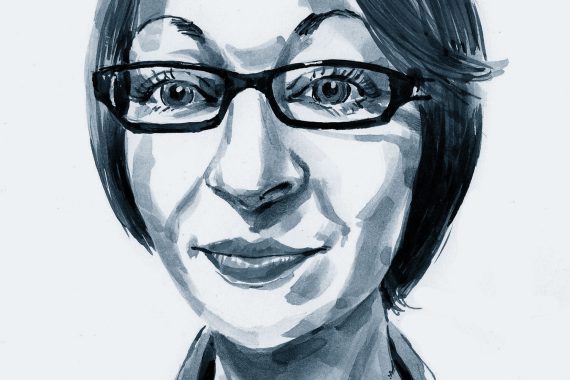
It’s summer. The sun is shining and the birds are singing. And something has happened that hasn’t for years – since 2010 by my reckoning.
There is a funny coloured appointment slot on my screen. It doesn’t have anyone’s name in it. Clearly there’s been a computer glitch or an IT meltdown.
I see some patients, but it’s still there. The mysterious slot – it looks like I am seeing someone called ‘Book on day’.
There are never ever unbooked appointments in my day. In fact, it’s something I reminisce about when teaching students. ‘I remember the good old days back in ‘07 when there were three or four gaps in each surgery, when Choose and Book didn’t exist, and when the district nurses and health visitor were in the same building.’
It was only one empty appointment but it felt like the pressure valve had been opened
They look at me like I’m losing the plot in my middle age. But there it was just this week. An empty, unbooked appointment slot. The next day brought another – just the one mind. It didn’t make up for the fact I was still busy, although it did mean I was only 20 minutes late rather than 30.
But it made me feel awesome. It was only one slot but it felt like the pressure valve had been opened a fraction, and I had space to breathe.
There’s been lots of talk about the GP partnership review that is being chaired by Nigel Watson. Everyone in the corridors of power wants to hear the magic fix to improve GP recruitment and retention – how do we get more partners? How do we make everyone stop locuming, damned work-shy individuals that they are?
Well here you go. If a single unbooked appointment can lift my mood that much and make my day feel so much better, general practice really doesn’t need new jazzy schemes to help it. It needs a little tiny unbooked appointment across the whole system. Let’s not reinvent the wheel.
The solutions are obvious – but it seems everyone wants to avoid them.
First, every GP needs time away from the front line, so fund a national weekly half-day closure. Give every practice an afternoon off. Pay for out-of-hours cover out of a national pot. Money well spent.
Second, set a maximum number of patients that can be seen each day. Stop letting the hand wringers get in the way of common sense. Place a limit and tell the profession and the public. There are safe staffing levels in hospitals, why not in general practice?
And third, give each practice 30 days of free backfill. They can use it as they wish – holiday cover, sickness absence, business meetings. Whatever. But every practice gets 30 days of cover, paid for centrally. They get the space they need.
Yes, this needs a funding boost. But, let’s face it, the reason the 2004 contract improved recruitment wasn’t because everyone was so excited about the QOF.
I’ve come up with three solutions in the time it’s taken me to write this. None is impossible or far-fetched, and each would make an immediate difference to every practice.
Why is this so hard? And why isn’t anyone listening to us?
Dr Zoe Norris is a GP in Hull

















